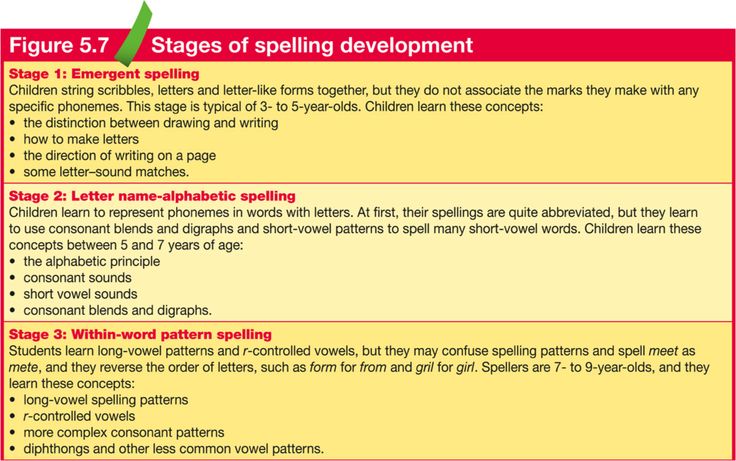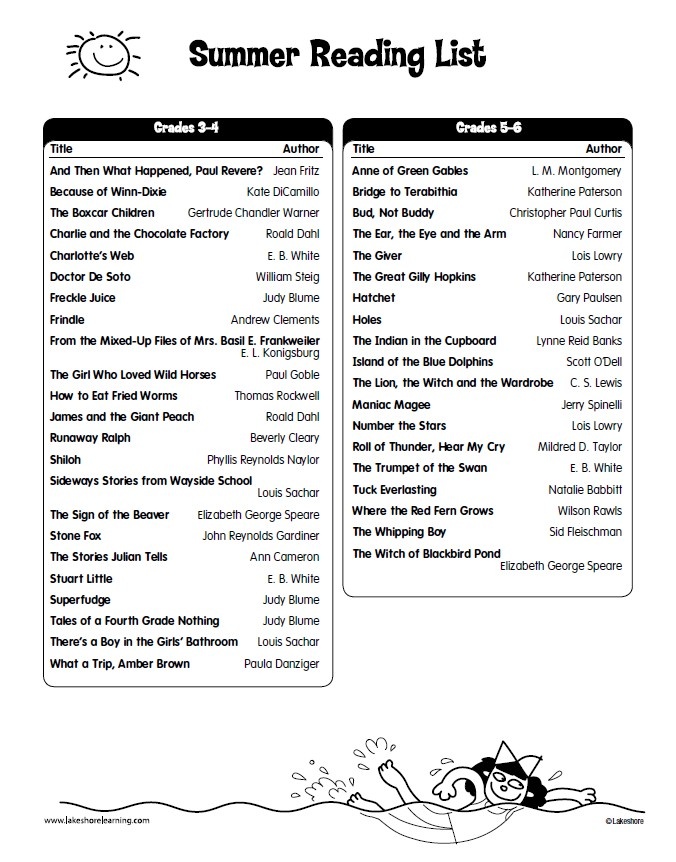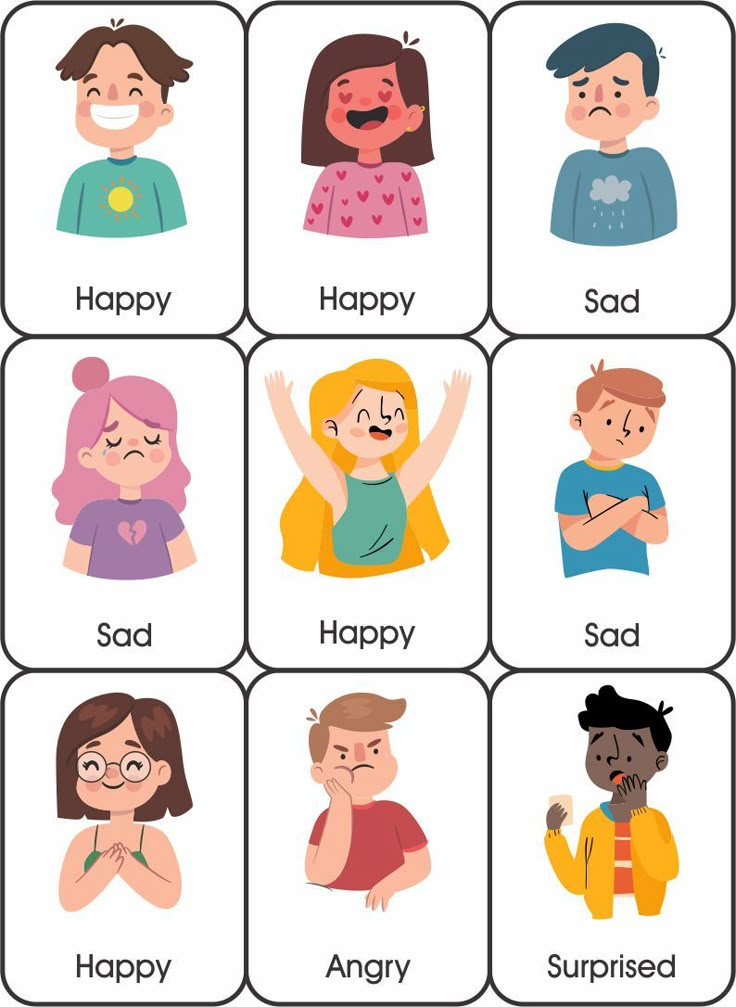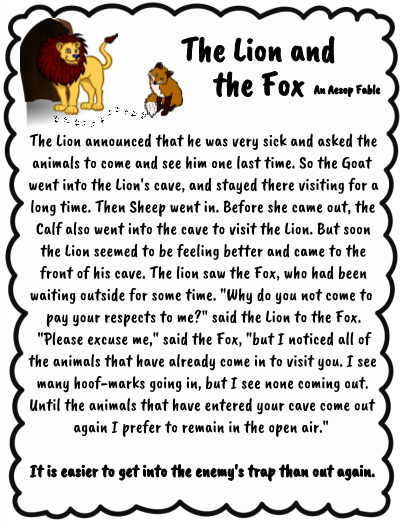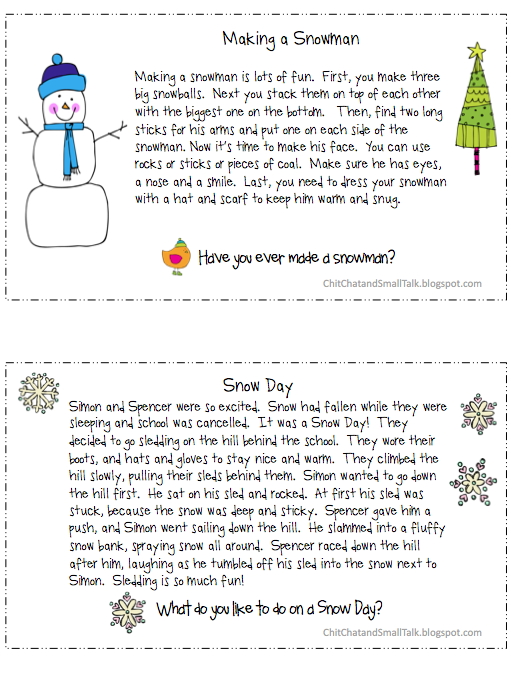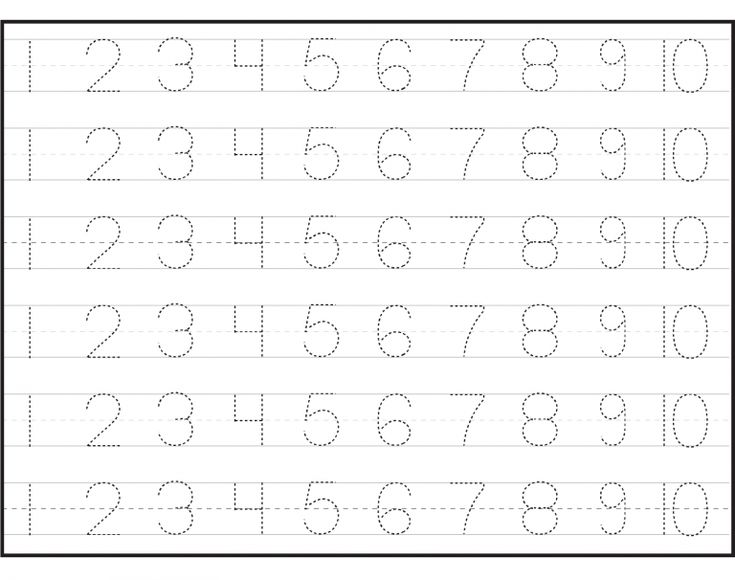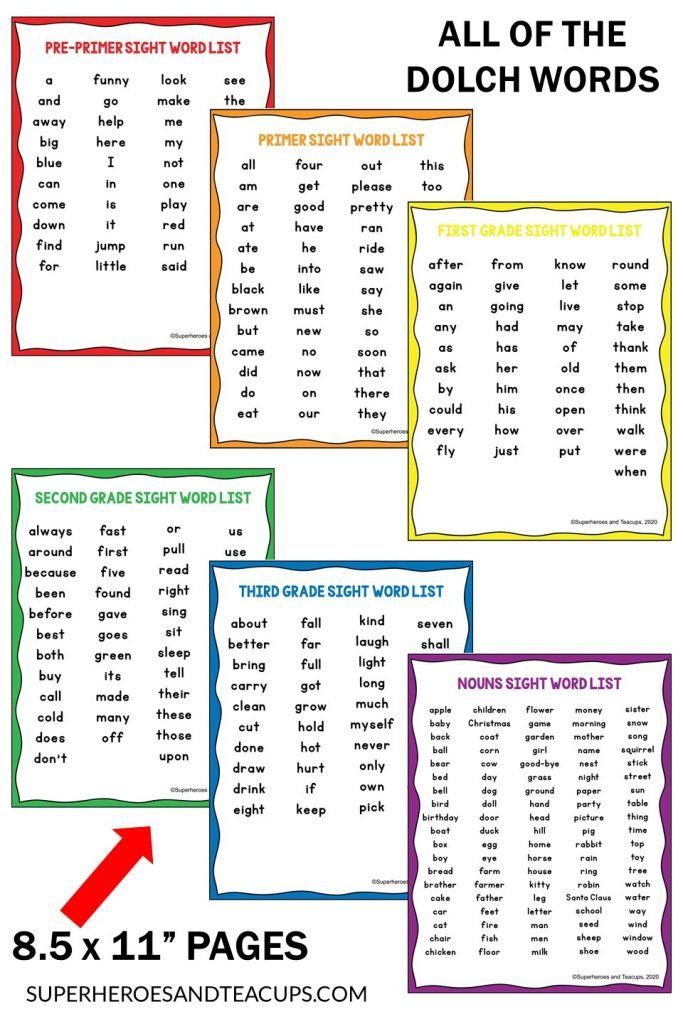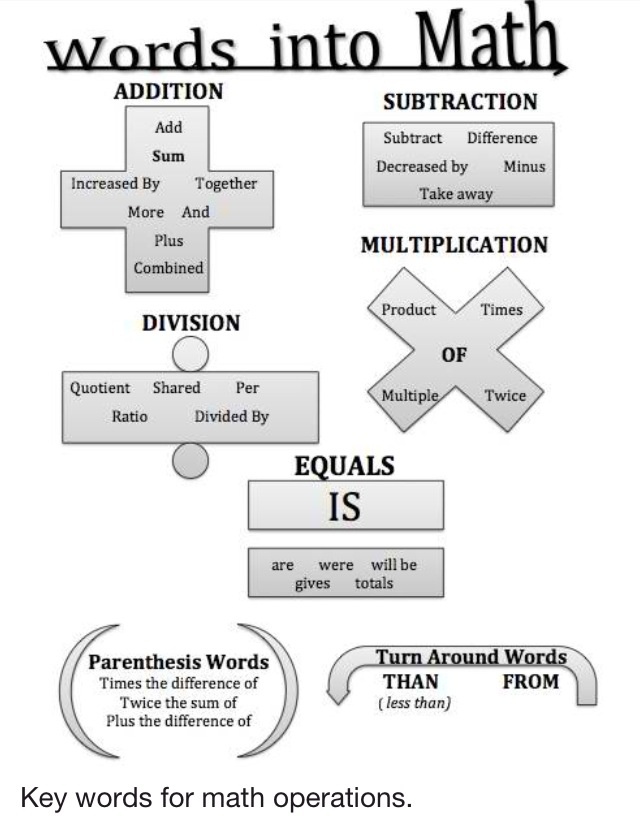Stages of reading emergent
Stages of Reading Development (Video)
What stages of development do children progress through from infancy to adulthood? You may think of how a child progresses from crawling to walking, or from babbling to speaking single words to forming full sentences. Though children develop at different rates and ages, they follow a general progression as they grow.
The development of reading skills is no different; children progress through distinct stages on their way to becoming fluent, independent readers.
In this video, we will describe four stages of reading development and their associated behaviors. We will also describe instructional practices that can be used to support students in each of these stages.
The Four Stages
Children progress through four distinct stages of reading development: emergent reading, early reading, transitional reading, and fluent reading. People sometimes refer to these stages by other names or divide them further into substages.
However they are named, the stages describe the same general skills progression.
As with other areas of growth and development, there are variances in the rate and age at which children move through these stages.
Let’s visit some classrooms to see what students in each stage of reading development are learning and doing.
Stage 1 – Emergent Reading
Mrs. Collins teaches pre-kindergarten. Most of her students are in the emergent stage of reading development. They are learning how to handle a book by holding it right-side up and turning the pages from front to back.
These emergent readers are learning that print holds meaning. Though they can’t decode the printed words, they retell stories in their own words as they turn the pages. They comment on the illustrations and discuss what they like or notice in the stories.
The students are developing some phonemic awareness skills, including the ability to rhyme and use alliteration. They recognize some common words in environmental print, like the names of their favorite restaurants. Some students in the class are beginning to recognize printed letters and identify their related sounds.
Some students in the class are beginning to recognize printed letters and identify their related sounds.
Instructional Practices for Emergent Readers
Mrs. Collins uses many instructional practices to strengthen her students’ emergent reading skills. During a read-aloud, she holds the book upright and points out the author and illustrator. She models how to turn the pages, and she points to each word as she reads, showing the one-to-one correspondence between the written and spoken word. To model reading from left to right, she follows along with her finger, moving to the sentence below when she reaches the end of each line.
Mrs. Collins engages in word play frequently, reads poems and nursery rhymes, and asks students to form rhyming pairs. She asks what sounds students hear at the beginning and ending of a word, and she begins introducing them to letter names and sounds.
Stage 2 – Early Reading
Mr. Fuentes teaches first grade. Most of his students are in the early reading stage. They have more developed phonemic awareness skills and are able to identify the beginning, middle, and ending sounds of words. They can also add, remove, or substitute a phoneme in a given word.
They have more developed phonemic awareness skills and are able to identify the beginning, middle, and ending sounds of words. They can also add, remove, or substitute a phoneme in a given word.
These early readers understand the predictable relationship between letters and their sounds and are beginning to decode short words with common spelling patterns. They also recognize some sight words automatically. Using a combination of decoding strategies and sight word knowledge, they are able to read some simple texts independently. After reading or listening to a text, the students can retell some of the main events and share their feelings about the story.
Instructional Practices for Early Readers
Mr. Fuentes uses several instructional strategies to help his early readers increase their skills. He teaches a variety of decoding strategies, including sounding out, breaking words into chunks, and looking for known word parts. He asks students to self-monitor their reading by asking if what they read looks right, sounds right, and makes sense.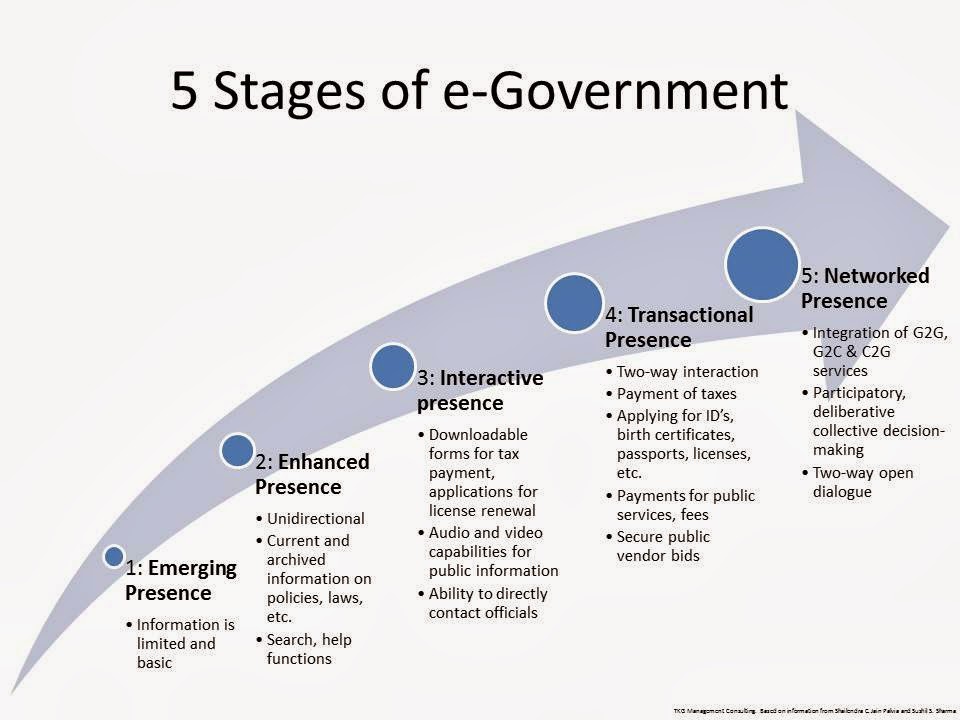 After reading a story aloud, he asks questions about the characters and events, and he models providing answers using text evidence.
After reading a story aloud, he asks questions about the characters and events, and he models providing answers using text evidence.
Stage 3 – Transitional Reading
Mr. Thomas teaches second grade. His students are mainly in the transitional stage of reading development. They automatically recognize many spelling patterns and sight words and can decode multisyllabic words using a variety of strategies. The students are also beginning to read simple chapter books and can engage in independent reading for longer periods of time. Their comprehension skills are growing quickly too. In addition to identifying story structure and responding personally to texts, the students are now beginning to make inferences.
Instructional Practices for Transitional Readers
Mr. Thomas introduces his students to a wide variety of text types. He teaches the characteristics of different text structures and shows students how to use text features to find key information. He models his thinking when answering comprehension questions and uses text evidence to support his answers.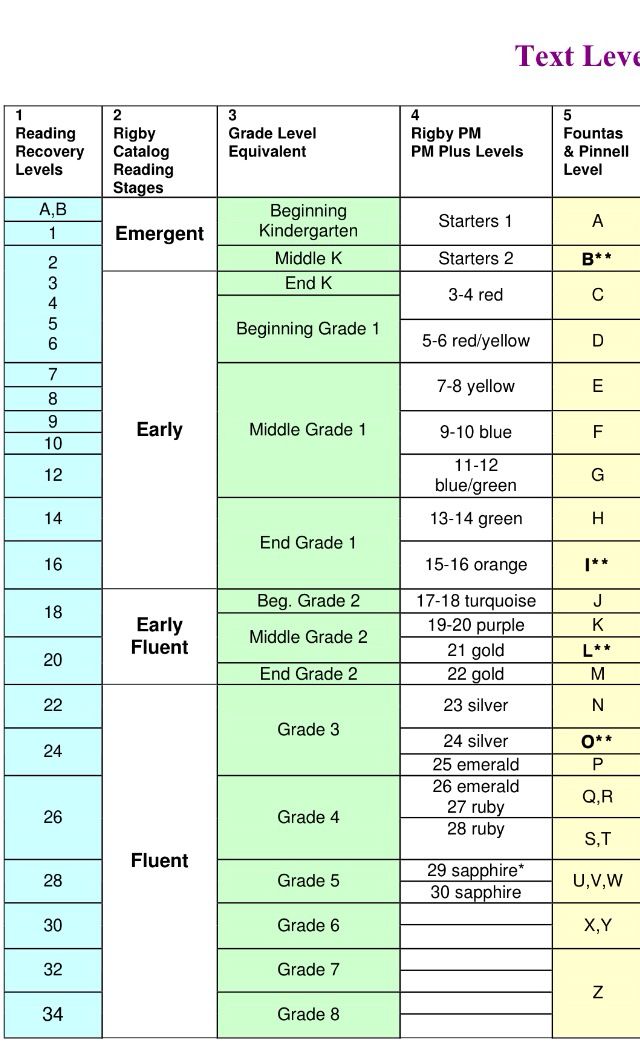
Mr. Thomas also models how to analyze vocabulary words for known roots or affixes and how to look for connections in word meanings. Students are reading longer, more complex texts, so fluency practice is important too. Mr. Thomas models reading excerpts from texts and then asks his students to read them independently in the same manner.
Stage 4 – Fluent Reading
Ms. Baxter teaches seventh grade. Most of her students are in the fluent stage of reading development, automatically recognizing most words and using decoding strategies to quickly figure out any words they don’t know. They read at an appropriate speed and with expression. They know the meanings of most vocabulary words they encounter and use context clues, knowledge of roots, or other clues to figure out any they don’t know. The students comprehend complex texts, which they demonstrate through comparing and contrasting, evaluating, summarizing, and other higher-level skills.
Instructional Practices for Fluent Readers
Ms. Baxter teaches her students about a variety of text structures and their characteristics. Together they analyze sentence structure and word choice, such as the use of figurative language.
Baxter teaches her students about a variety of text structures and their characteristics. Together they analyze sentence structure and word choice, such as the use of figurative language.
Ms. Baxter also models higher-level skills like gathering and synthesizing information from multiple sources. She teaches word analysis skills that help her students understand any new vocabulary they encounter.
Review
Now, let’s review what we learned about the stages of reading development.
Children go through four distinct stages of reading development: emergent reading, early reading, transitional reading, and fluent reading. Although the order of the stages remains the same, children progress through these stages at different rates.
Emergent readers begin to understand that print contains meaning and learn to handle books correctly. They have some phonemic awareness skills, including the ability to rhyme, and they begin learning letter names and sounds.
Early readers have more developed phonemic awareness skills.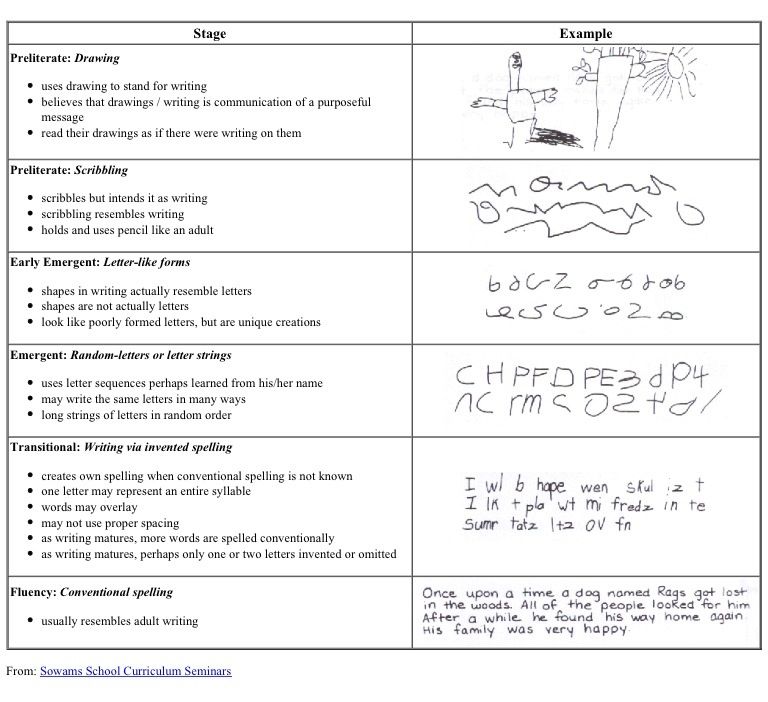 They can decode some simple words using knowledge of letter-sound relationships, and they recognize a growing number of sight words automatically. They can read some simple texts independently.
They can decode some simple words using knowledge of letter-sound relationships, and they recognize a growing number of sight words automatically. They can read some simple texts independently.
Transitional readers know many words automatically and use a range of decoding strategies to figure out unknown words. They can read some simple chapter books independently. Transitional readers can also answer more complex comprehension questions, including those requiring inferences.
Fluent readers read a variety of complex texts independently. They have large vocabularies and can answer higher-level comprehension questions.
Review Questions
Let’s go over a few review questions before we go.
1. Describe some differences in instructional practices you might use to build reading comprehension for students in the emergent and fluent stages of reading development.
2. The parent of a student in your kindergarten class expresses concern that her daughter is not yet reading texts independently. How could you address her concerns?
How could you address her concerns?
Thanks for watching, and happy studying.
A Guide to Emergent Readers and Stages of Development – AdaptEd4SpecialEd
Krystie Yeo on
As a teacher, you know each of your students is unique. Never is that more apparent than with developing readers.
But you have lesson plans to propose and an entire class of students to teach.
You don't have time to design a reading development strategy for each of your little readers. Instead, you need a plan that will meet your students where they are, wherever that may be.
That's where the stages of reading development come in.
From early emergent readers to fluent readers, this simple breakdown helps you understand what stage each of your students is in so you can better meet their needs.
Want to know how to keep your readers on track and engaged?
Check out this guide to designing an instruction plan that addresses student readers of all stages.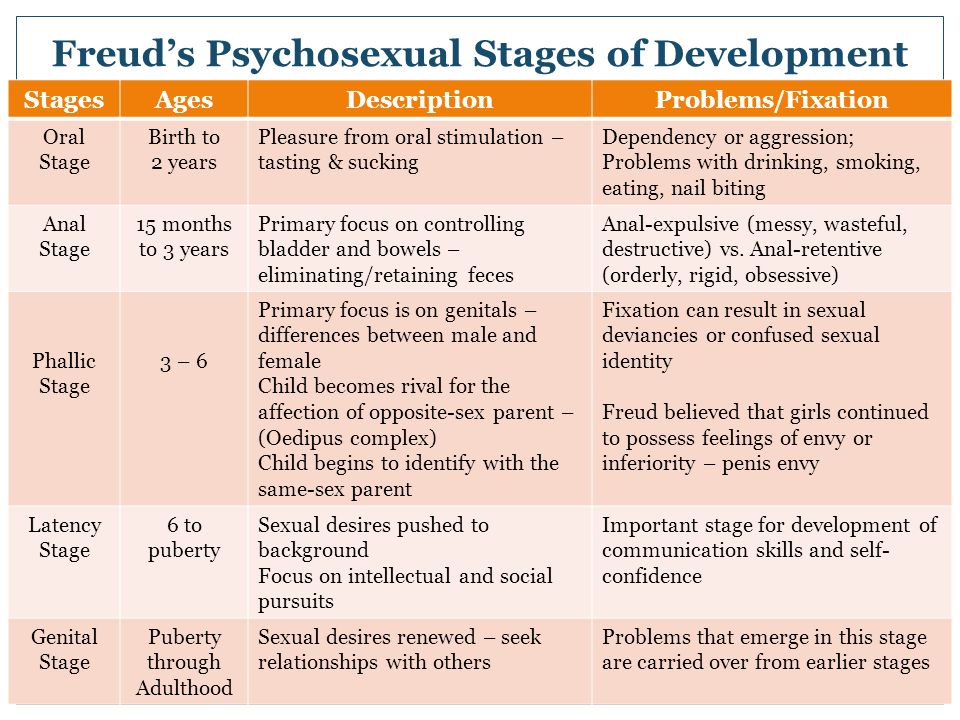
What Is an Emergent Reader?
The emergent reader stage is one of the most vital in a student's journey. After all, 65% of 4th-grade students read at or below an early fluent reading level, which is only one step above the emergent reader stage.
Making sure a student progresses beyond emerging reader status with confidence and excitement, then, is important for assuring they improve beyond a basic level of reading comprehension.
Compared to an early emergent reader, emergent readers have learned the alphabet and have a handle on a large vocabulary of CORE words.
They've progressed beyond picture books and books with small regions of text. Now, your emergent readers have a good understanding of phonics and are starting to comprehend word meanings in addition to word sounds.
Emergent readers will typically read books with increasingly larger blocks of text. They can handle more complex sentences and rely less on pictures for comprehension.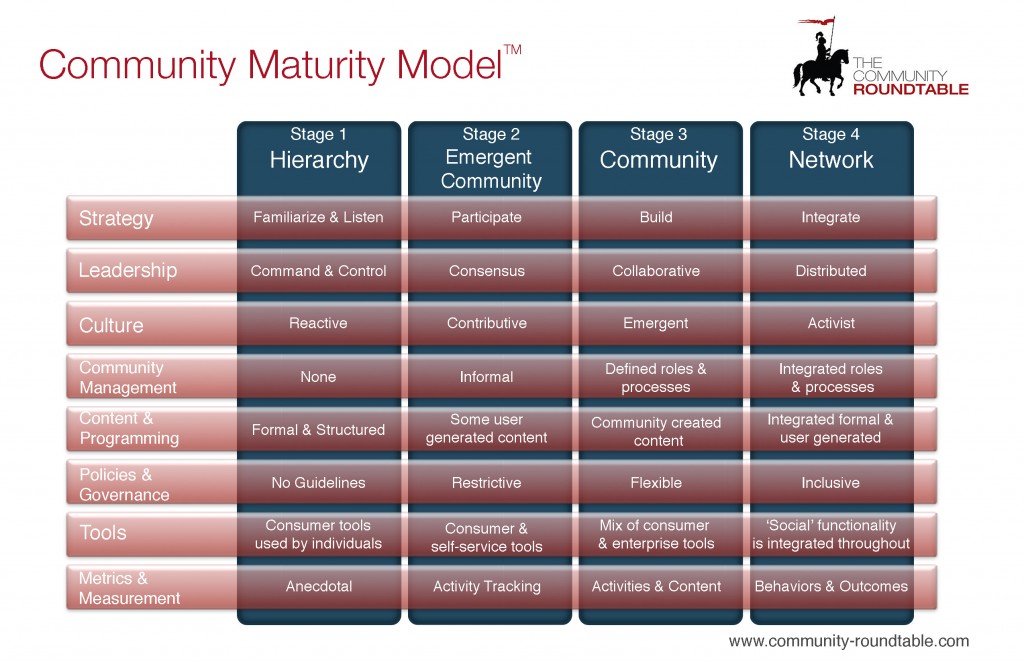
While they may read books on familiar topics like home and family life, these stories go into greater depth than their early emergent reader precursors.
What's more, these students will have more confidence in recognizing high-frequency words.
They're venturing into both fiction and non-fiction stories. And most excitingly, emerging readers have begun to discover that reading has many uses and purposes beyond the classroom.
How to Engage and Excite Your Emergent Reader
Engaging and exciting your emergent reader is all about choosing the right books and offering assistance only when needed. The reasons behind this latter point are twofold.
First, your student needs to know they are supported and that you're there for assistance with sounding out words or comprehending definitions if needed.
But secondly, too much help can actually be detrimental to the child's confidence in their abilities.
They need to know that you think they can read independently.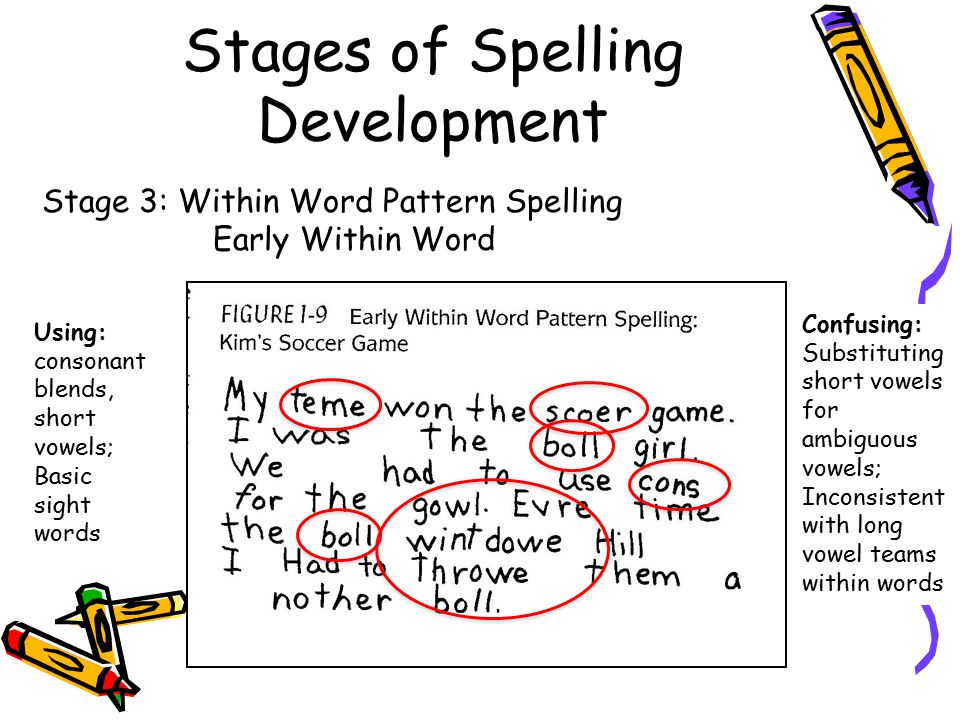 That way, it gives them the space to form their own confidence in reading independently.
That way, it gives them the space to form their own confidence in reading independently.
The other tips for engaging and exciting your students is a no-brainer.
Choosing the right books that are challenging but not so challenging that the student feels defeated is vital to helping emerging readers move into the next stage of development. Our phonics collection starts at the very beginning.
Here are three books that we think are perfect for your emerging reader:
- A Giraffe and a Half by Shel Silverstein
- Look What I Can Do by Jose Aruego
- Do You Want to Be My Friend? by Eric Carle
The 4 Stages of Reading Development
If you have a student who is still struggling to achieve emergent reader status despite your very best efforts, it's time to return to the four stages of development.
That way, you can see where your student is lagging while also exciting your little reader with all the learning they have to look forward to.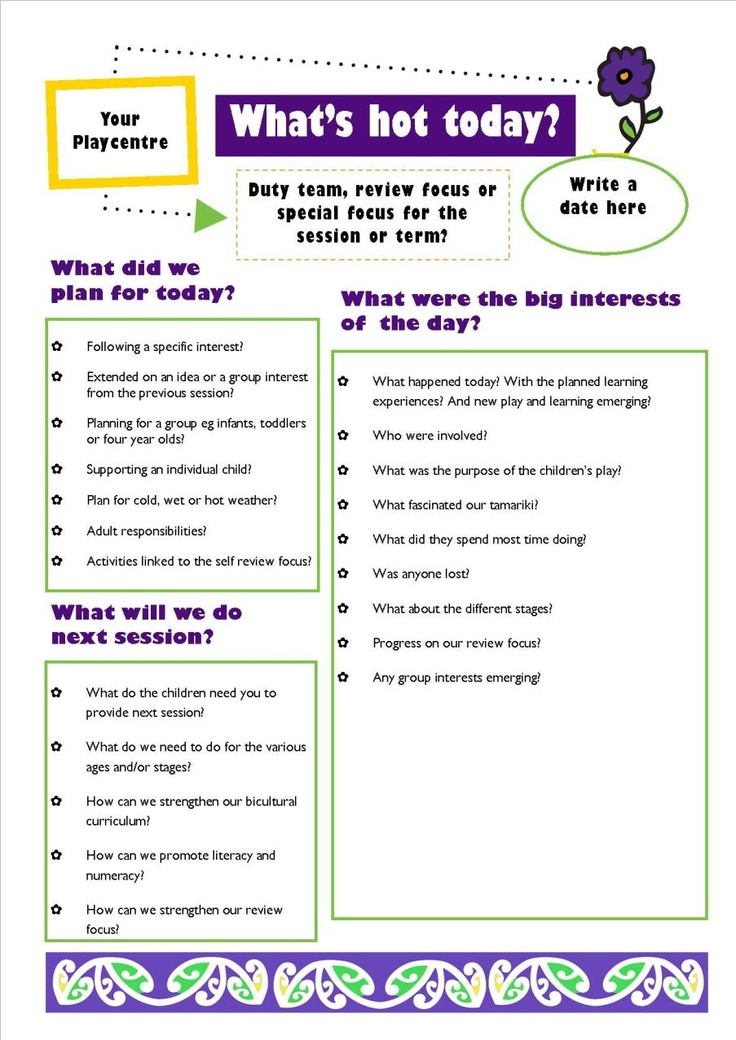
1. Early Emergent Readers
Early emergent readers are just beginning their reading journey.
These students are typically 6 months to 6 years old and are learning the alphabet.
As they advance, these readers begin to recognize the difference in uppercase and lowercase letters.
Aside from the alphabet, early phonics is extremely important during this phase.
Children should be learning the relationship between the way a letter looks and its associated sound, beginning with the differences in vowels and consonants.
You'll know your early emergent reader is on the cusp of becoming an emergent reader when they begin to automatically recognize high-frequency words (core vocabulary words).
Also, your almost-emergent readers will be able to read consonant-vowel-consonant (CVC) words.
2. Emergent Readers
As we mentioned above, emergent readers have learned the alphabet and are beginning to understand early phonics.
They can often read independently with assistance if needed.
You know your emerging reader is moving on to the next stage if they're starting to comprehend word meaning more automatically instead of focusing on word recognition alone.
3. Early Fluent Readers
This stage is where the magic starts to happen. Early fluent readers are typically between the ages of 7 years and 10 years old.
And at this point, not only can students identify word sounds on their own but they can also comprehend those word meanings independently.
These readers should be given books of different varieties now so that they can appreciate the diversity of the form.
This is a great time to introduce students to genre fiction, an excellent way to excite your early fluent readers with fun, engaging stories.
Complete independence while reading and comprehending is a signal that your early fluent reader is ready to progress.
4. Fluent Readers
If your student or child has made it to this stage, congratulations!
Considering that only 34% of 8th graders achieved National Assessment of Educational Progress "Proficient" reader scores in 2018, this is truly an accomplishment for the record books.
A hallmark of this stage is the ability to read aloud with proper pauses for punctuation.
Fluent readers need absolutely no assistance with reading comprehension. And they are starting to actually understand the meaning behind what they read instead of just comprehending word meanings.
At this point, your fluent reader should begin to choose their own books and form preferences about what they like to read.
This is an exciting time in a student's reading development journey. But it's also an exciting point, in general, since becoming a fluent reader is a major pit stop along the road to true independence.
Special Education for Your Struggling Reader
Are your emergent readers struggling to move on to the next stage of development?
Check out AdaptEd's carefully curated selection of books to engage and excite your child or students today!
Formation of reading skills in children: stages and exercises
Primary school is a special stage in the life of any child, which is associated with the formation of the basics of his ability to learn, the ability to organize his activities.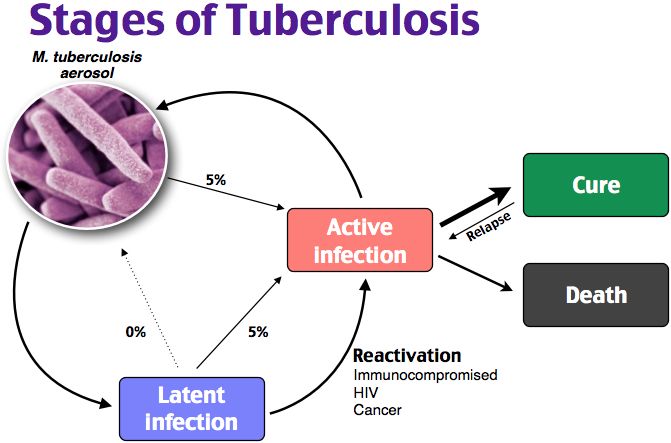 It is a full-fledged reading skill that provides the student with the opportunity to independently acquire new knowledge, and in the future creates the necessary basis for self-education in subsequent education in high school and after school.
It is a full-fledged reading skill that provides the student with the opportunity to independently acquire new knowledge, and in the future creates the necessary basis for self-education in subsequent education in high school and after school.
Interest in reading arises when a child is fluent in conscious reading, while he has developed educational and cognitive motives for reading. Reading activity is not something spontaneous that arises on its own. To master it, it is important to know the ways of reading, the methods of semantic text processing, as well as other skills. nine0003
Reading is a complex psychophysiological process in which visual, speech-auditory and speech-motor analyzers take part. A child who has not learned to read or does it poorly cannot comprehend the necessary knowledge and use it in practice. If the child can read, but at the same time he does not understand what he read, then this will also lead to great difficulties in further learning and, as a result, failure at school.
Reading begins with visual perception, discrimination and recognition of letters. This is the basis on the basis of which the letters are correlated with the corresponding sounds and the sound-producing image of the word is reproduced, i.e. his reading. In addition, through the correlation of the sound form of the word with its meaning, the understanding of what is read is carried out. nine0003
Stages of developing reading skills
T.G. Egorov identifies several stages in the formation of reading skills:
- Acquisition of sound-letter designations.
- Reading by syllable.
- The formation of synthetic reading techniques.
- Synthetic reading.
The mastery of sound-letter designations occurs throughout the entire pre-letter and literal periods. At this stage, children analyze the speech flow, sentence, divide it into syllables and sounds. The child correlates the selected sound from speech with a certain graphic image (letter).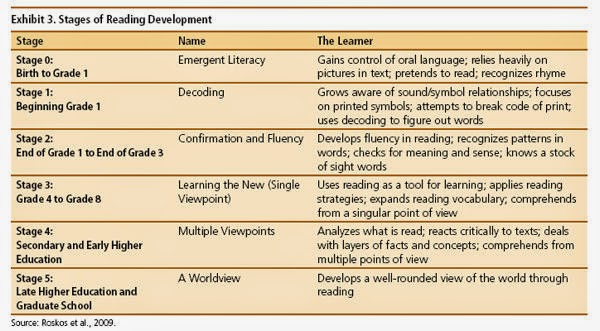 nine0003
nine0003
Having mastered the letter, the child reads the syllables and words with it. When reading a syllable in the process of merging sounds, it is important to move from an isolated generalized sound to the sound that the sound acquires in the speech stream. In other words, the syllable must be pronounced as it sounds in oral speech.
At the stage of syllable-by-syllable reading, the recognition of letters and the merging of sounds into syllables occurs without any problems. Accordingly, the unit of reading is the syllable. The difficulty of synthesizing at this stage may still remain, especially in the process of reading long and difficult words. nine0003
The stage of formation of synthetic reading techniques is characterized by the fact that simple and familiar words are read holistically, but complex and unfamiliar words are read syllable by syllable. At this stage, frequent replacements of words, endings, i.e. guessing reading takes place. Such errors lead to a discrepancy between the content of the text and the read.
The stage of synthetic reading is characterized by the fact that the technical side of reading is no longer difficult for the reader (he practically does not make mistakes). Reading comprehension comes first. There is not only a synthesis of words in a sentence, but also a synthesis of phrases in a general context. But it is important to understand that understanding the meaning of what is read is possible only when the child knows the meaning of each word in the text, i.e. Reading comprehension directly depends on the development of the lexico-grammatical side of speech. nine0003
Features of the formation of reading skills
There are 4 main qualities of reading skill:
- Correct. By this is understood the process of reading, which occurs without errors that can distort the general meaning of the text.
- Fluency. This is reading speed, which is measured by the number of printed characters that are read in 1 minute.
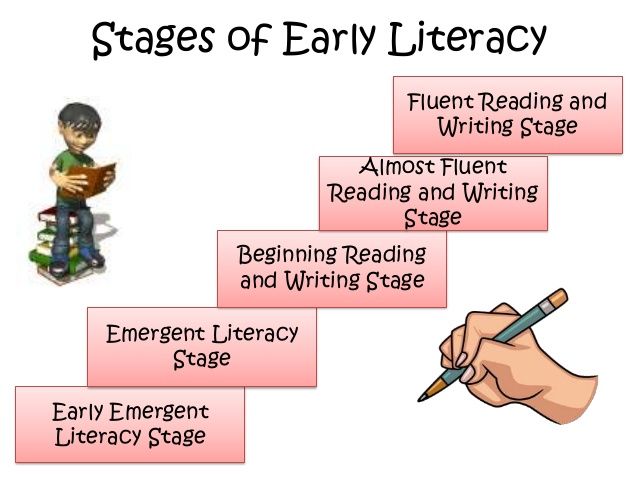
- Consciousness. It implies understanding by the reader of what he reads, artistic means and images of the text. nine0020
- Expressiveness. It is the ability by means of oral speech to convey the main idea of the work and one's personal attitude to it.
Accordingly, the main task of teaching reading skills is to develop these skills in schoolchildren.
All education in the primary grades is based on reading lessons. If the student has mastered the skill of reading, speaking and writing, then other subjects will be given to him much easier. Difficulties during training arise, as a rule, due to the fact that the student could not independently obtain information from books and textbooks. nine0003
Methods and exercises for developing reading skills
In educational practice, there are 2 fundamentally opposite methods of teaching reading - linguistic (the method of whole words) and phonological.
Linguistic method teaches the words that are most commonly used, as well as those that are read the same as they are written. This method aims to teach children to recognize words as whole units, without breaking them down into components. The child is simply shown and said the word. After about 100 words have been learned, the child is given a text in which these words are often found. In our country, this technique is known as the Glenn Doman method. nine0003
This method aims to teach children to recognize words as whole units, without breaking them down into components. The child is simply shown and said the word. After about 100 words have been learned, the child is given a text in which these words are often found. In our country, this technique is known as the Glenn Doman method. nine0003
The phonetic approach is based on the alphabetic principle. Its basis is phonetics, i.e. learning to pronounce letters and sounds. As knowledge is accumulated, the child gradually moves to syllables, and then to whole words.
Reading begins with visual perception, discrimination and recognition of letters. This is the basis on the basis of which the letters are correlated with the corresponding sounds and the sound-producing image of the word is reproduced, i.e. his reading. In addition, through the correlation of the sound form of the word with its meaning, the understanding of what is read is carried out. nine0003
In addition, there are several other methods:
- Zaitsev method .
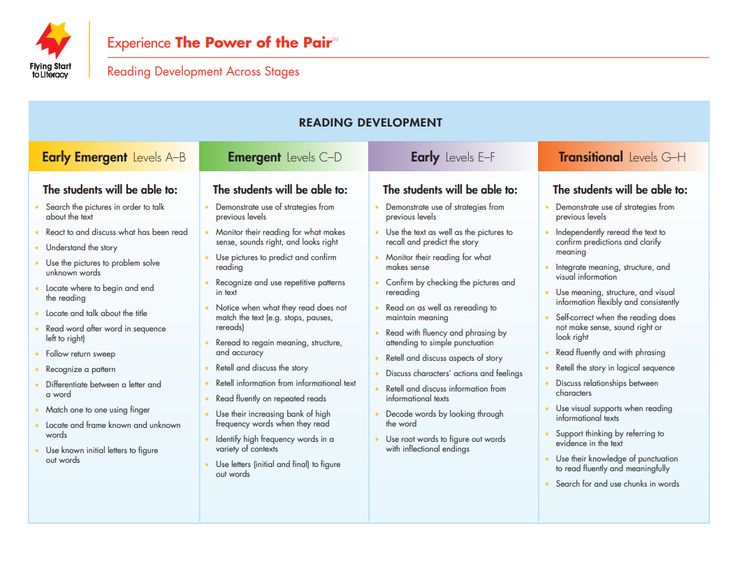 It involves teaching children warehouses as units of language structure. A warehouse is a pair of a consonant and a vowel (either a consonant and a hard or soft sign, or one letter). Warehouses are written on different faces of the cube, which differ in size, color, etc.
It involves teaching children warehouses as units of language structure. A warehouse is a pair of a consonant and a vowel (either a consonant and a hard or soft sign, or one letter). Warehouses are written on different faces of the cube, which differ in size, color, etc. - Moore method. Learning begins with sounds and letters. The whole process is carried out in a specially equipped room, where there is a typewriter that makes sounds and names of punctuation marks and numbers when a certain key is pressed. Next, the child is shown a combination of letters that he must type on a typewriter. nine0020
- Montessori method. It involves teaching children the letters of the alphabet, as well as the ability to recognize, write and pronounce them. After they learn how to combine sounds into words, they are encouraged to combine words into sentences. The didactic material consists of letters that are cut out of rough paper and pasted onto cardboard plates. The child repeats the sound after the adult, after which he traces the outline of the letter with his finger.

- Soboleva O.L. This method is based on the "bihemispheric" work of the brain. By learning letters, children learn them through recognizable images or characters, which makes it especially easy for children with speech disorders to learn and remember letters. nine0020
There is no universal methodology for developing reading skills. But in modern teaching methods, a general approach is recognized when learning begins with an understanding of sounds and letters, i.e. from phonetics.
There are certain exercises that help build reading skills. Here are a few of them:
- Reading lines backwards letter by letter. nine0016 The exercise contributes to the development of letter-by-letter analysis. The meaning is simple - the words are read in reverse order, i.e. from right to left.
- Reading through the word. You do not need to read all the words in a sentence, but jumping over one.
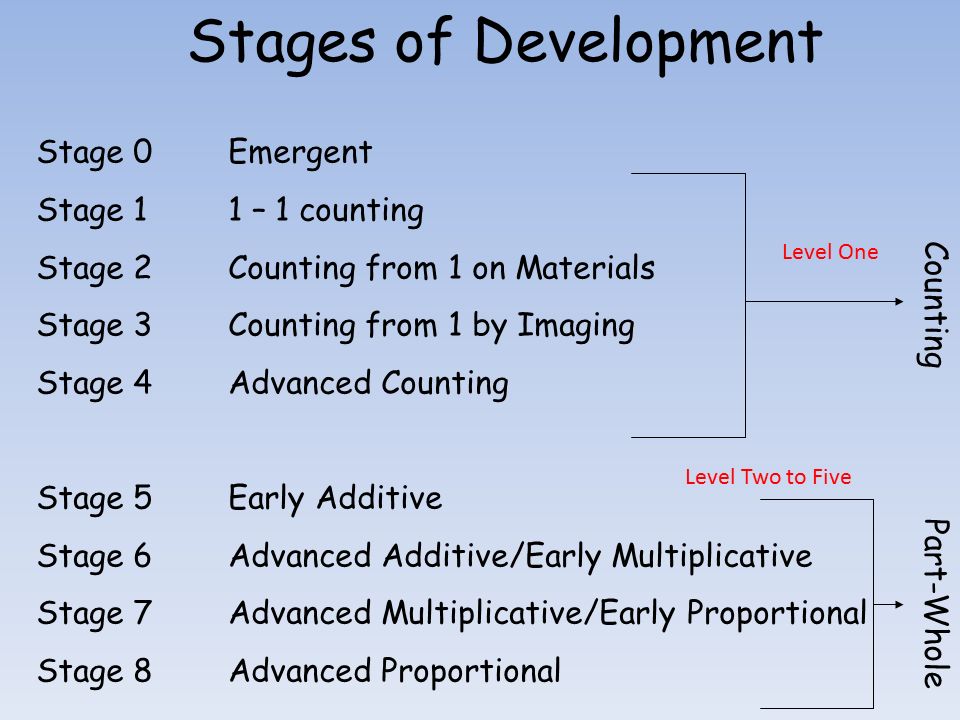
- Reading dotted words. Words are written on the cards, but some letters are missing (dotted lines are drawn instead).
- Read only the second half of the word. Read only the second part of the word, the first part is omitted. The exercise contributes to the understanding that the second part of the word is no less important than the first, thereby preventing the omission (or reading with distortion) of the endings of words in the future. nine0020
- Reading lines with the upper half covered. A sheet of paper is superimposed over the text so that the top of the stitching is covered.
- Fast and multiple repetition. The child should repeat a line of a poem or a sentence aloud as quickly as possible and several times in a row. Correct pronunciation is extremely important, so if necessary, you need to stop and correct the child.
- Find the words in the text. nine0016 The child is faced with the task of finding words in the text as quickly as possible.
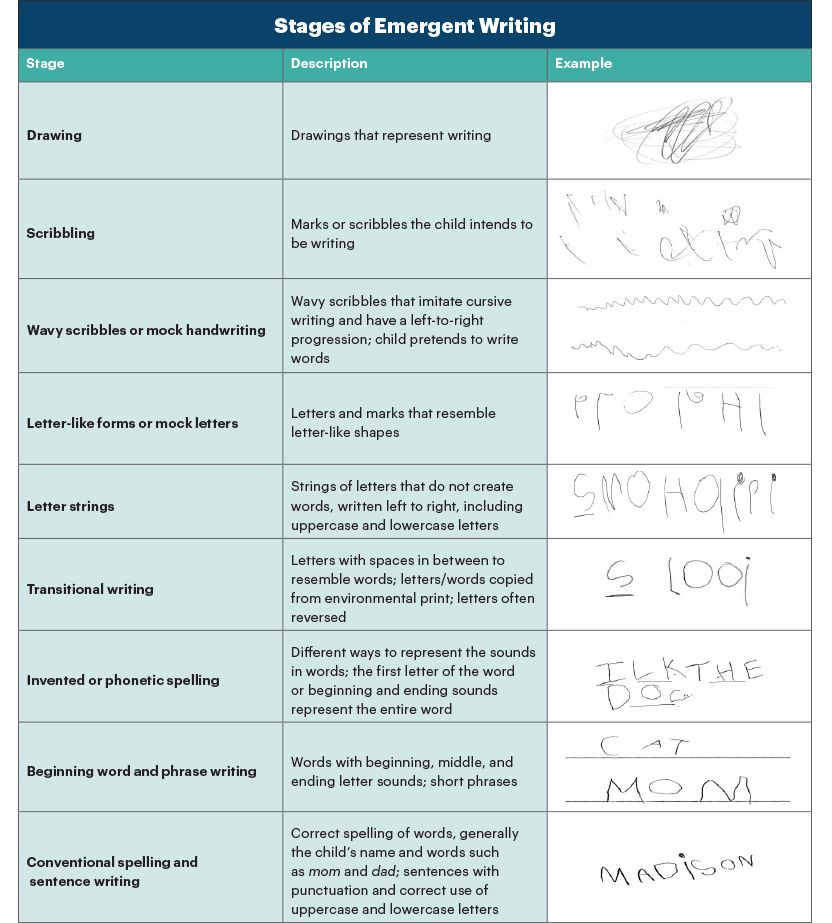 First, they are shown in pictures, then voiced by the teacher.
First, they are shown in pictures, then voiced by the teacher. - Buzzing reading. The text is read by all students aloud, but in an undertone.
A. Herzen wrote: “Without reading, there is no real education, no, and there can be no taste, no style, no many-sided breadth of understanding.”
Indeed, mastering a full-fledged reading skill is the most important condition for success in basic subjects at school. At the same time, this is one of the main ways of obtaining information, which is vital for the speech, mental and aesthetic development of children. nine0016
____________________________________________
We are waiting for you in our speech center! We are always glad to you and your kids.
Call us: 8 (962) 758-53-62, 8 (909) 391-08-08
Stages of formation of reading skills
Stages of formation of reading skills
Reading skill requires a long time for its formation.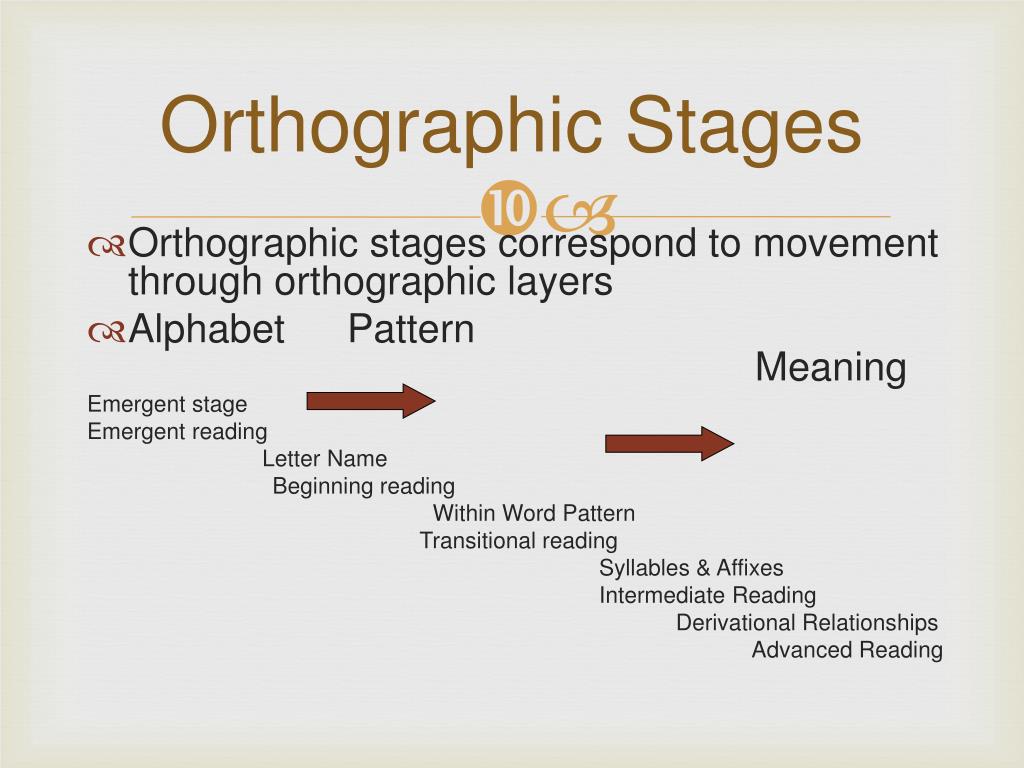 Psychologist, professor T.G. Egorov identifies three stages in the process of forming this skill: "analytical, synthetic, or the stage of emergence and formation of an integral structure of action, and the stage of automation"'.
Psychologist, professor T.G. Egorov identifies three stages in the process of forming this skill: "analytical, synthetic, or the stage of emergence and formation of an integral structure of action, and the stage of automation"'.
The analytical stage falls on the period of learning to read and write. Having enrolled to study, the child already owns the oral forms of speech activity: listening and speaking. On their basis, the formation of written forms of speech - reading and writing. The child makes two discoveries: discovers that speech is "built" from sounds, and then discovers the relationship between sound and letter. Reading his first syllables, the student recognizes and decodes the letters, reproduces the sound form of the word, masters the general way of reading any syllables: learn to focus on the vowel following the consonant. Modeling the relationship of vowels and consonants, the student discovers the first regularity in his life in his native language: the principle of the positional nature of the Russian language (D. B. Elkonin). By learning to read, he learns to think. nine0003
B. Elkonin). By learning to read, he learns to think. nine0003
The synthetic stage is characterized by reading in whole words; at the same time, the visual perception of the word and its pronunciation almost coincide with the awareness of reading. Further, the child masters reading by combinations of words (syntagmas). M.I. Omorokova notes that “there is a significant difference between reading a single sentence and the whole text, since the text is a new reading unit with its own characteristics, with which the child must be familiar.
The difficulties of teaching contextual synthetic reading lie in the fact that if the fusion of technique and understanding of the plan of meanings (subjective, factual content) occurs relatively quickly, then the fusion of technique and understanding of the meaning of the text is a long process » 2 .
In elementary school, students learn learning reading (or uniformly attentive, JI.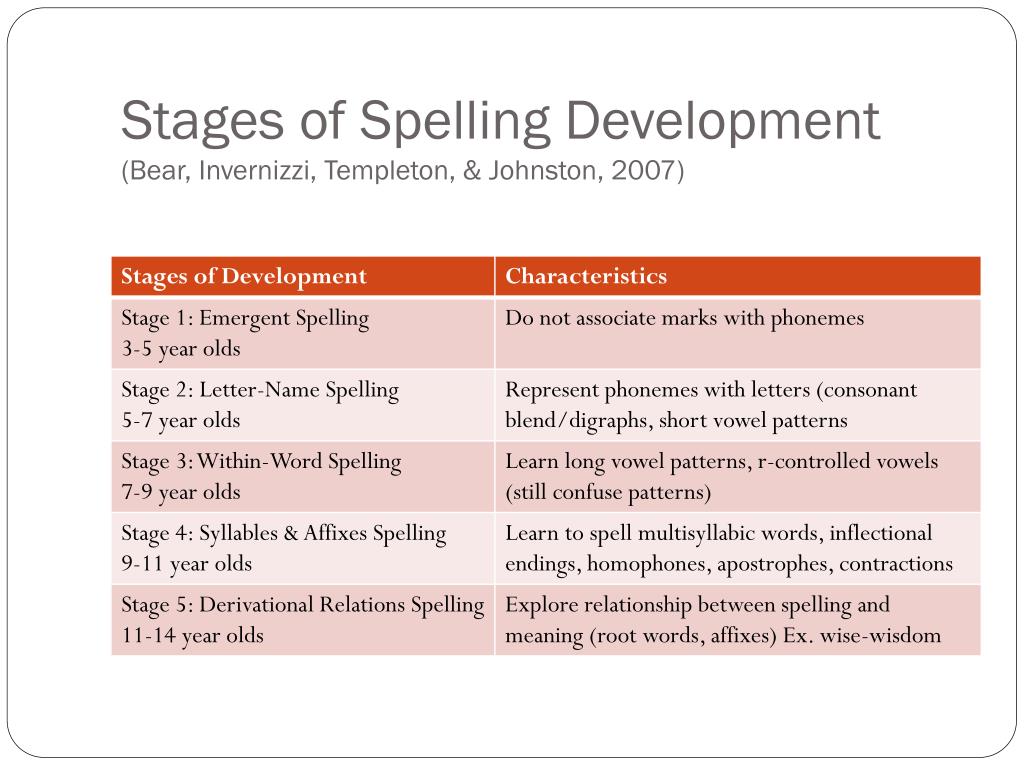 Schwartz). Learning reading requires the student to have certain technical skills and understanding of information, the degree of completeness of which should reach 100%. It is important that learning reading is formed in two forms: aloud and silently. M.I. Omorokova emphasizes that studying reading aloud and silently should be “detailed, unhurried”, and believes that the pursuit of reading speed is unjustified, since a fairly complete understanding of what is read is carried out at a minimum speed of 50-60 words per minute (JI.A. Shcherba, S. .K. Folomkin). Although this does not mean that the reading speed remains unchanged. nine0003
Schwartz). Learning reading requires the student to have certain technical skills and understanding of information, the degree of completeness of which should reach 100%. It is important that learning reading is formed in two forms: aloud and silently. M.I. Omorokova emphasizes that studying reading aloud and silently should be “detailed, unhurried”, and believes that the pursuit of reading speed is unjustified, since a fairly complete understanding of what is read is carried out at a minimum speed of 50-60 words per minute (JI.A. Shcherba, S. .K. Folomkin). Although this does not mean that the reading speed remains unchanged. nine0003
In elementary school, when reading aloud, the pace fluctuates between 70-90 words per minute, and when reading silently, for well-performing students, up to 200 words per minute.
In the middle school, students master such types of reading as viewing, searching and introductory, although elements of these types of reading take place in the practice of the child and in elementary school.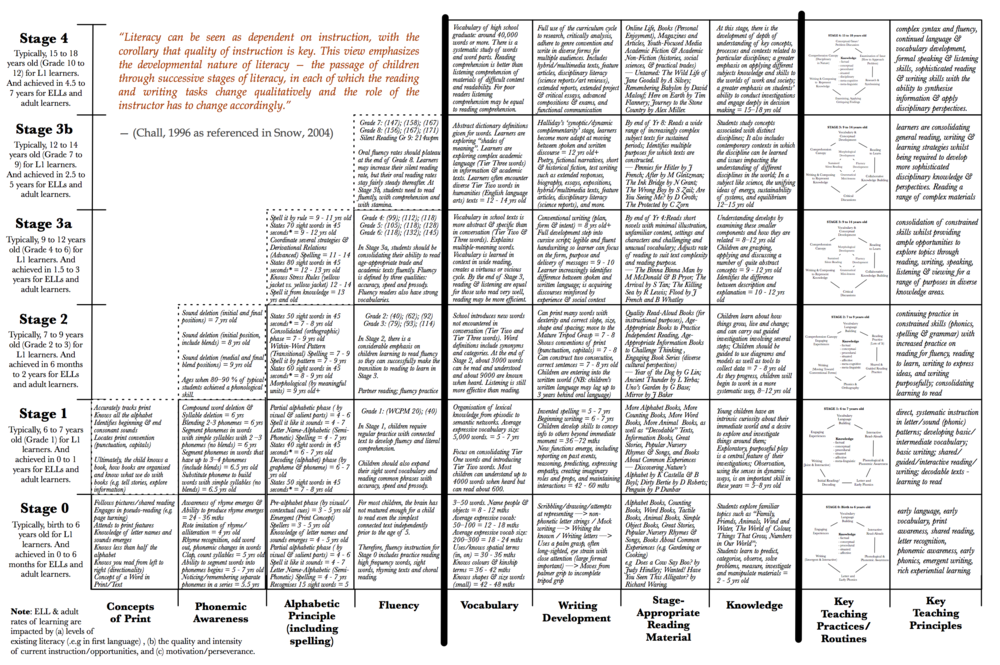
1 T.G. Egorov. Essays on the psychology of teaching children to read. - M., 1953. - p.20
2 M.I. Omorokova. Improving the reading of younger students: a Methodological guide for the teacher. - M., ARKTI, - p.51
At the automation stage, the reading process proceeds in such a way that its technical side works in a kind of automatic mode - like a skill. It is controlled on a subconscious level. The semantic side manifests itself as a complex skill. It focuses on the processing and assimilation of the content of the text being read, which most often appears to the reader as something new in terms of vocabulary, word arrangement, phrase and sentence construction, meaning, and so on. And even if the text turns out to be familiar and is read repeatedly, the motive and purpose of such reading will be associated with the presence in this text of some previously unnoticed elements, details, situations, turns of thought.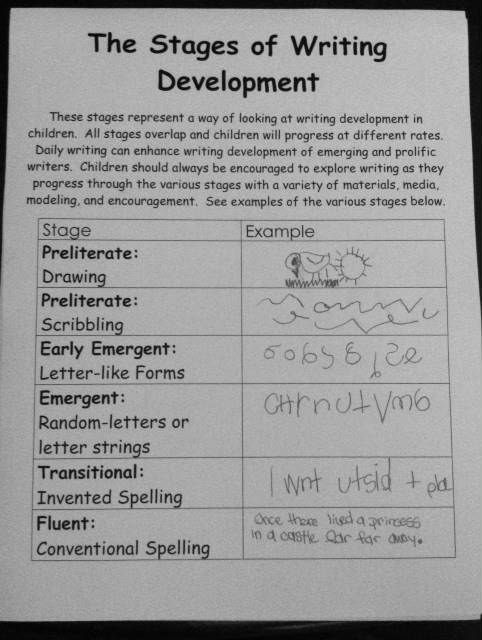 The technical side of reading is able, through repeated and systematic exercises, to rise to significant heights in a relatively short time and even reach the "ceiling", that is, the existing actual limits. For the rate of reading aloud, this will be 140-180 words per minute, for the rate of reading to yourself - 160-280 words per minute. But M.I. Omorokova notes that “physiologists and psychologists have convincingly proved that an increase in the speed of reading aloud over 75-90 words per minute leads to a violation of the psycho-physiological mechanisms of perceiving a text by ear, to decoupling of visual and motor processes, lagging behind speech and thought from perception. The information is not fully digested. The main thing in reading is the understanding of information, the convergence of understanding with perception. High read speed slows down these processes » 1 .
The technical side of reading is able, through repeated and systematic exercises, to rise to significant heights in a relatively short time and even reach the "ceiling", that is, the existing actual limits. For the rate of reading aloud, this will be 140-180 words per minute, for the rate of reading to yourself - 160-280 words per minute. But M.I. Omorokova notes that “physiologists and psychologists have convincingly proved that an increase in the speed of reading aloud over 75-90 words per minute leads to a violation of the psycho-physiological mechanisms of perceiving a text by ear, to decoupling of visual and motor processes, lagging behind speech and thought from perception. The information is not fully digested. The main thing in reading is the understanding of information, the convergence of understanding with perception. High read speed slows down these processes » 1 .
Inner speech plays a huge role at all stages of the formation of the reading process, the development of the mechanisms that carry out this process.